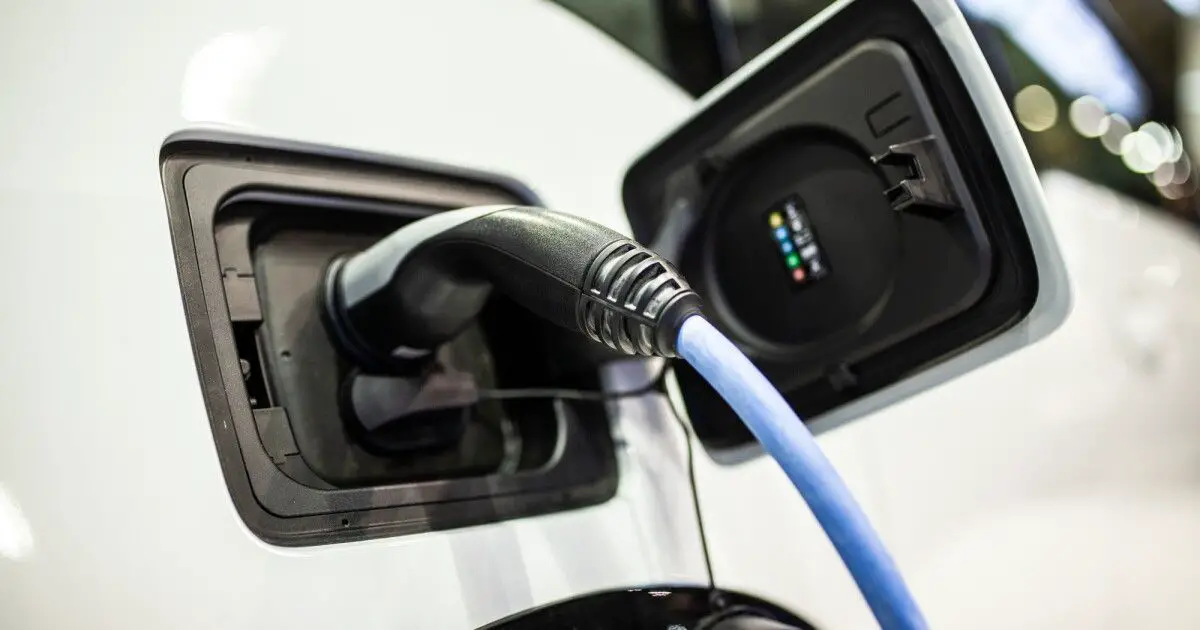New charging cables to charge electric vehicles in under five minutes.
Every time we have a conversation with potential electric car clients the "how long will it take to charge my car" question pops. There is good news that you can recharge your EV in under five minutes, it is a development by the engineers from Purdue University


Every time we have a conversation with potential electric car clients the "how long will it take to charge my car" question pops. There is good news that you can recharge your EV in under five minutes, it is a development by the engineers from Purdue University who have invented a new, patent-pending charging station cable that would fully recharge certain electric vehicles in under five minutes, it is close to the time you use to fuel your fossil fuel cars.
Currently, the chargers are cautious on how quickly they can charge an electric vehicle battery because of overheating. To be able to re-charge your EV faster higher current needs to travel through the charging cable. The higher the current, the greater amount of heat that must be removed to keep the charging cable operational. The cooling systems that chargers currently use remove only so much heat. However, the scholars have come up with new findings that can deliver a current 4.6 times that of the fastest available EV chargers on the market today by removing up to 24.22 kilowatts of heat. The project was funded by a research and development alliance between Ford Motor Co. and Purdue.
Right now even the best electric cars take around 30 minutes to recharge. And that only gets you to around 80% charge, since batteries charge a lot more slowly as they start to reach 100%. The chargers are majorly in major cities, here in Kenya majority of the chargers are designated in the malls. Issam Mudawar, Ph.D., a mechanical engineering professor at Purdue echoed that his lab specializes in coming up with solutions for situations where the amounts of heat that are produced are way beyond the capabilities of today’s technologies to remove.
Matt Stover, director of charging, energy services, and business development at Ford said Ford is committed to making the transition of electrification easy. The company is happy to support Purdue’s research, which has the potential to make electric vehicle and commercial fleet ownership more appealing and accessible. No prototype has been tested yet Mudawar and his students demonstrated in the lab that their prototype accommodates a current of over 2,400 amperes far beyond the 1,400-ampere minimum that would be needed to reduce charging times for large commercial EVs to five minutes. The most advanced chargers in the industry deliver only currents up to 520 amperes, and most chargers available to consumers support currents of less than 150 amperes.
Ultimately, charge times will be dependent on the power output ratings of the power supply and charging cable, and the power input rating of the EV’s battery. To obtain a sub-five minute charge, all three components will need to be rated to 2,500 amperes. The prototype also mimics all the traits of a real-world charging station: It includes a pump, a tube with the same diameter as an actual charging cable, the same controls, and instrumentation, and it has the same flow rates and temperatures. Mudawar’s lab intends to work with EV or charging cable manufacturers to test the prototype on EVs within the next two years. The testing will determine more details on charge speeds for specific models of EVs.
EV charging stations and other types of electronics rely on liquid cooling systems to remove heat from within their wires. Increasing the current through a charging cable using this method would require larger conductive wires and more liquid coolant, making the cable heavier and difficult for customers to handle.
Mudawar has spent more than 30 years developing ways to more efficiently cool electronics by taking advantage of how liquid captures heat when boiled into a vapor. By capturing heat in both liquid and vapor forms, a liquid-to-vapor cooling system can remove at least 10 times more heat than pure liquid cooling. These cooling benefits make it possible to use a smaller wire diameter inside the charging cable while dissipating a higher current.
Mudawar and his colleagues plan to work with automakers and charging station manufacturers to test the prototype on EVs within the next two years. The testing will determine more details on charge speeds for specific vehicle models. According to Mudawar, the industry doesn’t really need EVs to charge faster than five minutes, but we think we can increase the current even more by modifying both the state of the incoming liquid and the design of the cooling space around the conductor wires in the charging cable.
Source:
i) Purdue University (2021)




